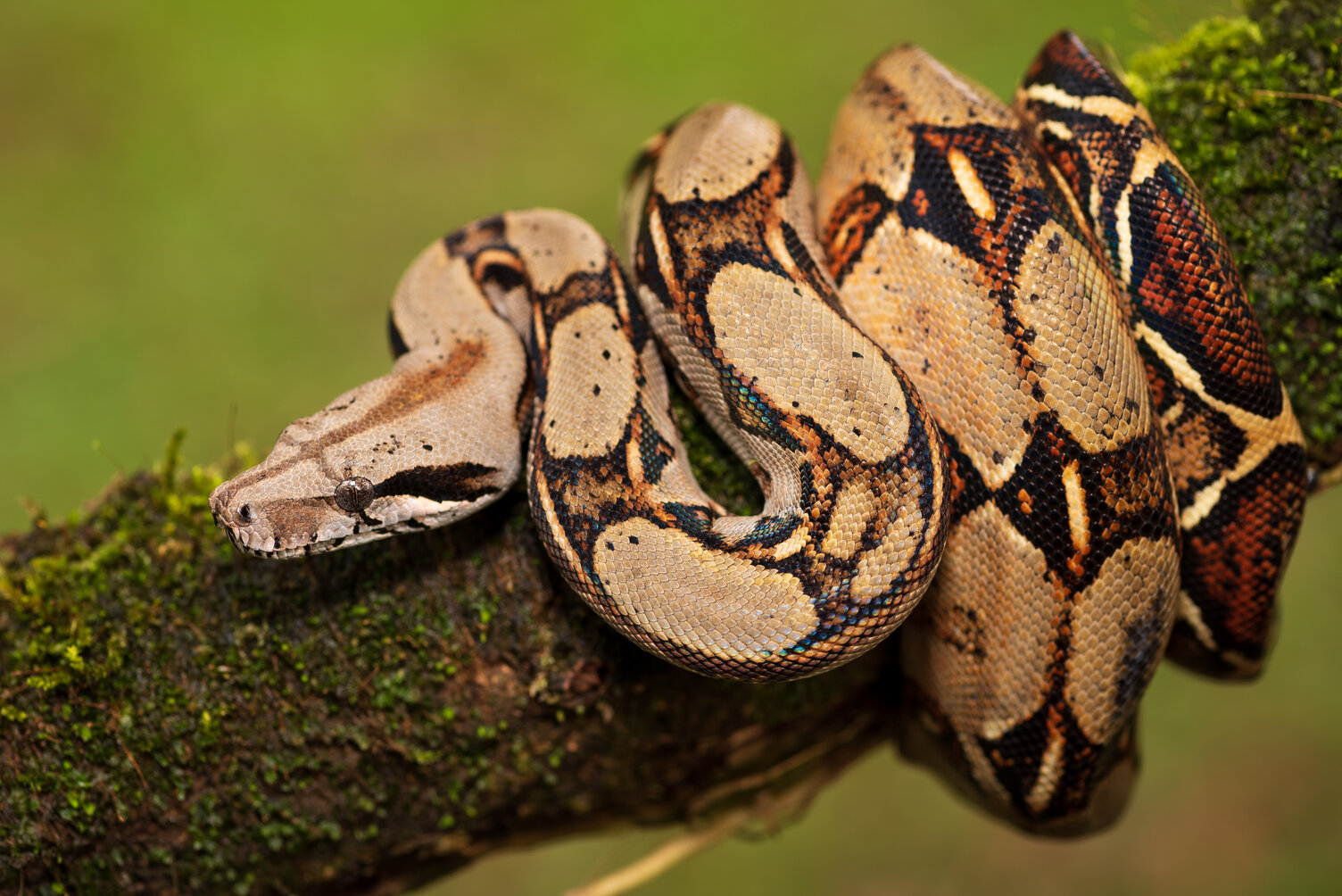

imperator had significantly higher number of alleles and significantly higher values for FIS than the Puerto Rico and Aruba populations. constrictor constrictor from Puerto Rico. constrictor imperator from Cozumel and B. Phylogenetic analyses and measures of genetic diversity for this population were compared with those for invasive B. We generated mitochondrial sequence and multilocus microsatellite data for individuals from this population to characterize the origins and means of introduction to the island. constrictor has established a stable, reproductively successful population on Aruba. Despite intensive efforts to eradicate the snake from the island, B.

A similar situation may be present on Bonaire, and for a congeneric species on Aruba, where the Wood Slave is a more-recent colonist.īoa constrictor was first documented on the Caribbean island of Aruba in 1999. This exclusion adds novel obstacles to the continued survival of the Dutch Leaf-Toed Gecko on Curac ̧ ao. As Wood Slave populations grew, they excluded Dutch Leaf-Toed Geckos, and possibly Antilles Geckos, Gonatodes antillensis, from these buildings. The Dutch Leaf-Toed Gecko was syntopic with the Wood Slave on buildings near the forest when resources were not limiting or if other gecko populations were not self-sustaining. Similar to gecko species in Florida, Wood Slaves displaced Dutch Leaf-Toed Geckos. In contrast, the Dutch Leaf-Toed Gecko perched away from lights. Wood Slaves commonly perched near lights that provided heat and attracted insect prey. Wood Slave abundance was not influenced by forest proximity. The Dutch Leaf-Toed Gecko was most common near the forest and rare elsewhere. We recorded the nonnative Wood Slave, Hemidactylus mabouia (81%, 369/455 observations), native Dutch Leaf-Toed Gecko, Phyllodactylus martini (11%, 50/455 observations), and unidentified geckos (8%, 36/455 observations) on the island. Two gecko species were detected in 10 counts across five nights from 18 sites. We used nightly surveys to monitor the status of building-dwelling gecko species on the southern Caribbean island, Curac ̧ ao. This study identifies a need for continued monitoring of Aruba's native fauna, as well as the need for further experimental approaches to understand the mechanism by which invasive predators ecologically interact with native prey. Additionally, we suggest and discuss a few alternative hypotheses that may also account for this observed pattern of increased density. constrictor has caused an increase in the population of this endemic lizard. Herein, we further develop a hypothesis that may explain how the invasive B. arubensis likely represents ecological facilitation of the lizard species. constrictor we calculated densities of C. Additionally, we compare our data with earlier studies with an average lizard density of 235.1/ha (SE = 73.42, n = 11). constrictor and ended after their firm establishment, thus affording us the unique opportunity to document the potential effects of this invasive snake on the endemic lizard. Our sampling began before the invasion of B. We present data for a multiple-year sampling effort on one of Aruba's endemic species, the Aruban Whiptail Lizard (Cnemidophorus arubensis). The island of Aruba is home to several endemic species, and has been colonized recently by the invasive boa, Boa constrictor. constrictor has proven ineffective at controlling the population. A government instituted euthanization program for all captured B. constrictor, there is concern about the potential impact of this invasive predator on the Aruban fauna. In view of the diverse diet and increasing population of B. A correlation was found between snake total length and prey mass (r(28) = 0.49, P < 0.01) suggesting an ontogenetic shift in the diet at a total length of approximately 1.0 m. Birds comprised 40.4%, lizards 34.6% and mammals 25.0% of 52 separate prey items identified. constrictor on Aruba was determined from the examination of stomach content and scat samples (N = 47). constrictor indicate that a large, reproductively successful population is established on Aruba. The increasing frequency of occurrence, extensive distribution, and size diversity of B. These snakes ranged in size from neonates (0.30 m total length) to large adults (2.8 m total length) and included at least two gravid females. Boa constrictor is currently distributed islandwide with the highest frequency of occurrence in the southern and southeastern portions of the island. Boa constrictor was first documented on the island of Aruba in April of 1999.


 0 kommentar(er)
0 kommentar(er)
